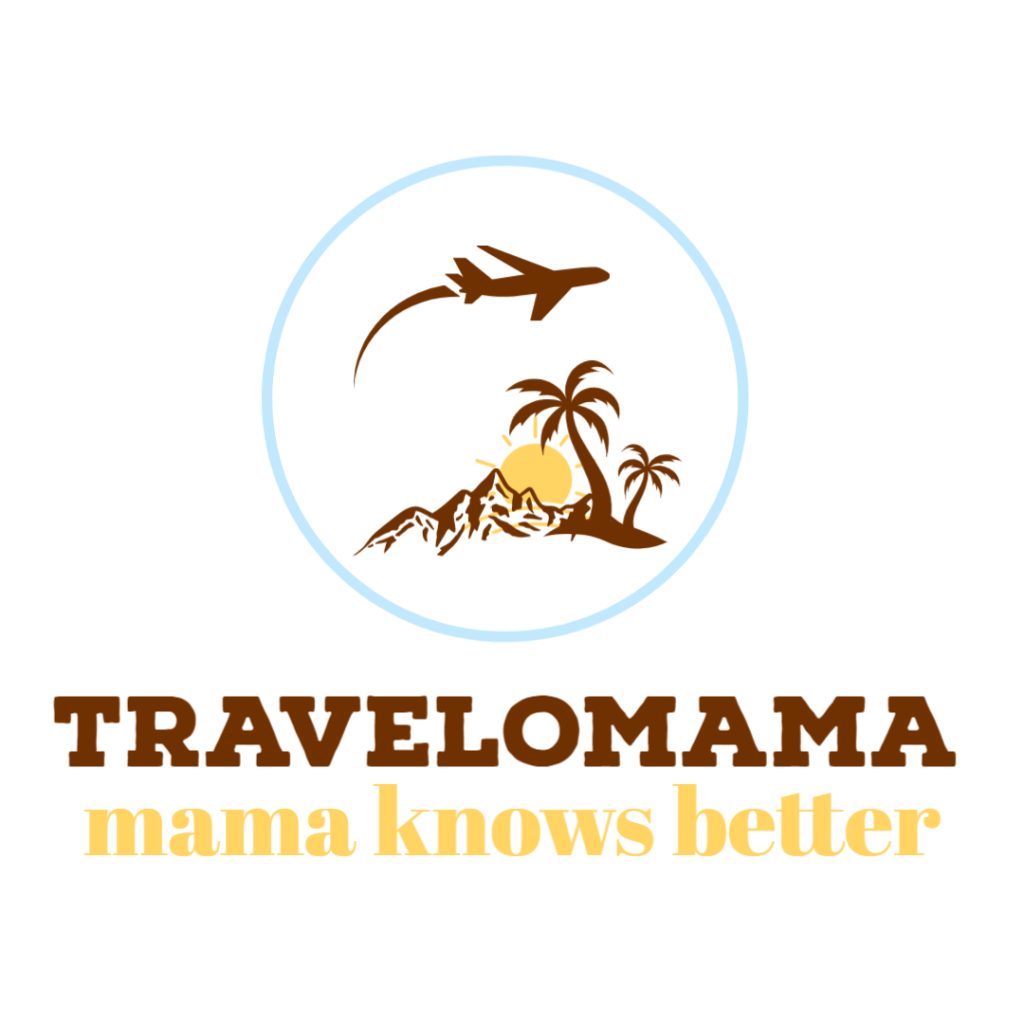If Mumbai is your introduction to India, prepare yourself. The city isn’t a threatening place but its furious energy, limited (but improving) public transport and punishing pollution make it challenging for visitors. The heart of the city contains some of the grandest colonial-era architecture on the planet, but explore a little more and you’ll uncover unique bazaars, hidden temples, hipster enclaves and India’s premier restaurants and nightlife.
Top experiences in (Mumbai)
Chhatrapati Shivaji Maharaj Terminus

Imposing, exuberant and overflowing with people, this monumental train station is the city’s most extravagant Gothic building and an aphorism of colonial-era India. It’s a meringue of Victorian, Hindu and Islamic styles whipped into an imposing Dalí-esque structure of buttresses, domes, turrets, spires and stained glass. It’s also known as CSMT.
Some of the architectural detail is incredible, with dog-faced gargoyles adorning the magnificent central tower and peacock-filled windows above the central courtyard. Designed by Frederick Stevens, it was completed in 1887, 34 years after the first train in India left this site.
Despite being renamed again in 2017, after being changed to Chhatrapati Shivaji Terminus (CST) in 1998, it’s still better known locally as VT.
Sassoon Docks
No sense is left unaffected at Mumbai’s incredibly atmospheric fishing docks, dating to 1875, the oldest and largest wholesale fish market in Mumbai. A scene of intense and pungent activity begins around 5am, when colourfully clad Koli fisherfolk sort the catch unloaded from fishing trawlers at the quay, and carries on throughout the morning.
Gaggles of sari-sheathed women peel pink prawns as theft-determined crows swoop in and out. Fishmongers barrel though discarded piles of shells, drying bombil (fish used for Bombay duck) and discarded fish bits with massive carts of catch, all against a cinematic backdrop of wooden fishing boats. Piles of pomfret, blue crabs, rawas (white salmon), tambusa (Indian red snapper), tuna, cuttlefish and sting rays are hawked – 20 tonnes per day – often in heated exchanges of commerce and camaraderie. Some say photography is prohibited, others disagree (we had no issues shooting away and the whole thing is a photographer’s dream).
Peshawri
Make this Northwest Frontier restaurant, outside the international airport, your first or last stop in Mumbai. It’s a carbon copy of Delhi’s famous Bukhara, with the same menu and decor. Folks flock here for the buttery dhal bukhara, a 24-hour simmered black dhal (₹945), but don’t miss kebabs. Try the Murgh Malai (marinated tandoor-grilled chicken) and raan (impossibly succulent slow-roasted lamb hock).
Despite the five-star surrounds (and prices) you’re encouraged to eat with your hands and the seating is low.
Iskcon Temple

Iskcon Juhu plays a key part in the Hare Krishna story, as founder AC Bhaktivedanta Swami Prabhupada spent extended periods here (you can visit his modest living quarters-cum-museum in the adjacent building; 10.30am to 12.30pm and 5.30pm to 8.30pm). The temple compound comes alive during prayer time as the faithful whip themselves into a devotional frenzy of joy, with kirtan dancing accompanied by crashing hand symbols and drumbeats. Murals around the compound detail the Hare Krishna narrative. The Iskcon hotel here is also recommended, as is the thali-only restaurant (buffet meals ₹300 to ₹600). It’s a compelling place to visit for intense, celebratory worship in the sedate suburbs.






